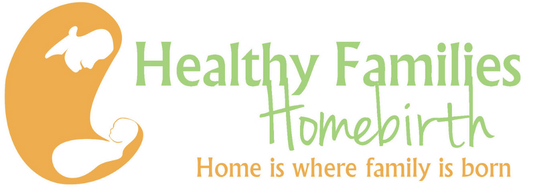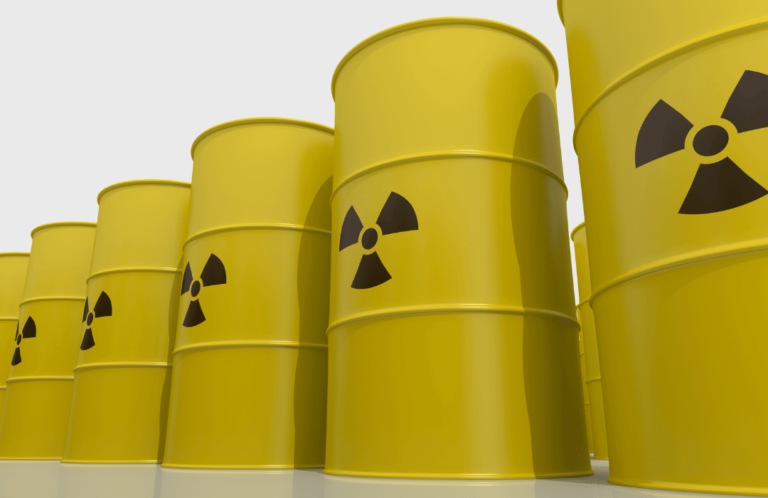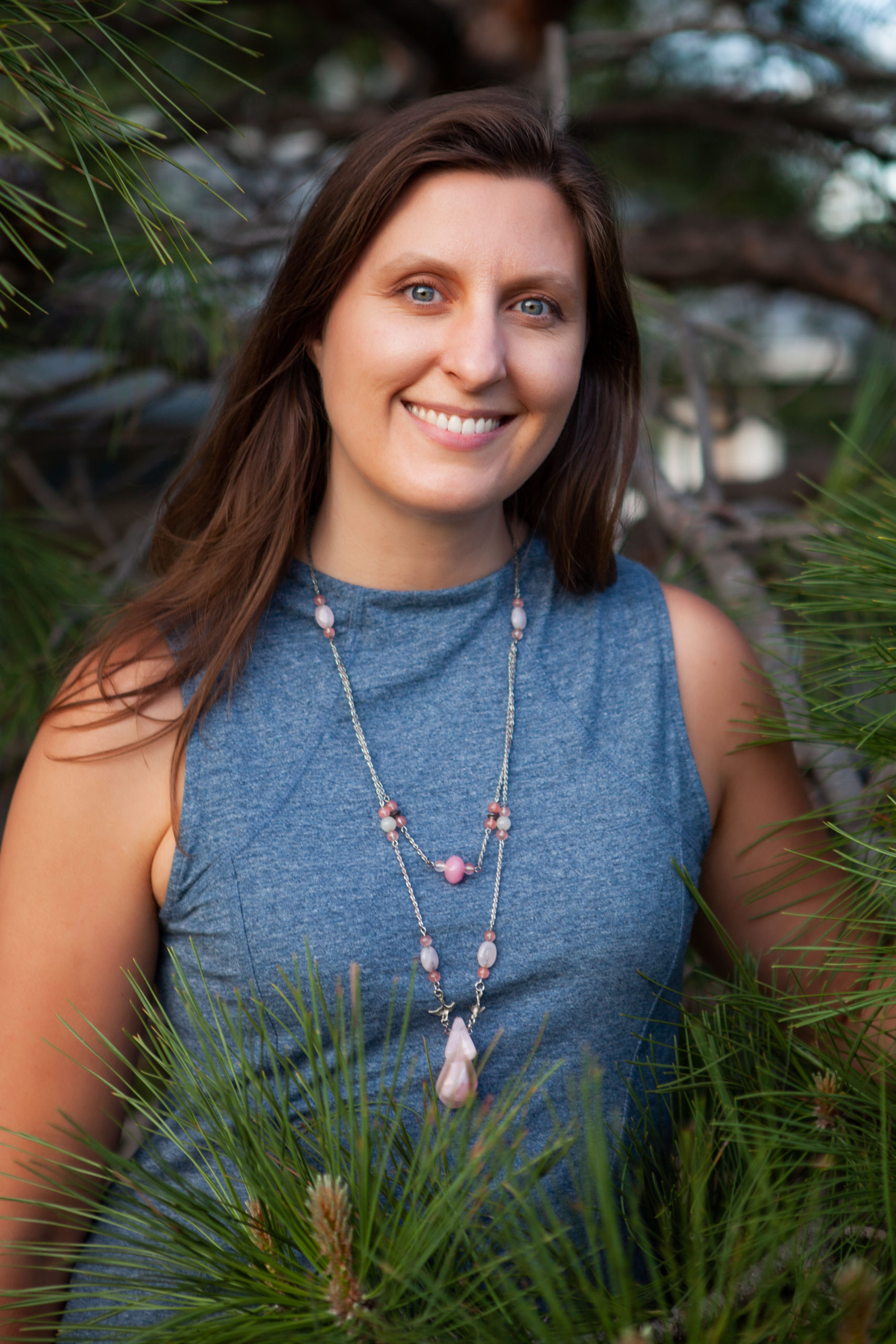

PHONE
303-718-1554
cheryl.furer@msn.com
OPENING HOURS
By Appointment Only
Menu

A tetragon is any environmental agent that causes damage during to your baby during pregnancy. There are four factors that should be taken into consideration when being exposed to a substance:
Dose of the substance – when a harmful substance is taken over a longer time there are usually more negative effects.
Heredity of the mother and fetus – some individuals are able to withstand harmful effects better than others.
Increased negative influences – poor diet or several other negative influences combined can increase the influence of any one tetragon.
Age of the mother or age of the fetus – before the baby has implanted into the uterus, the baby is living on its own nutrients. During development, the baby is more sensitive and closer to birth the baby is less sensitive. When a mother is younger, her body is more efficient at processing toxins, but with age toxins are stored longer.
Common tetragons to avoid:
Many chemical exposures can also happen at the workplace. Ask your employer to view the Material Safety Data Sheets (MSDS) for your exposure risks. Common jobs that increase risk of exposure are:
Textile work, tailors, upholsters, fabric making, nurses, medical office techs, dental hygienist,
laboratory workers, electronic assemblers, farm workers, hairdressers, cosmetologists,
launderers, maids, dry cleaners, film photographic processors, plastic fabricators and workers,
transportation operators, sign painters, painting operators, optician, lens grinders, paintershouse, interior, etc.
Remember that our home and work are the places that we spend the most time. Creating change in the home is possible. At work, reducing risk may take a little more creativity. Perhaps there is another duty you can do to decrease risk, maybe there is protective gear that can be worn. Work with your employer to help decrease exposure to potential harmful substances.
References:
Berk, L. E. (2012). Infants and children: prenatal through middle childhood. Boston ; London: Pearson
Education.
CDC – Chemical Safety – NIOSH Workplace Safety and Health Topic. (2011, July 02). Centers for
Disease Control and Prevention. Retrieved November 06, 2011, from
http://www.cdc.gov/niosh/topics/chemical-safety/
Frye, A. (2010). Holistic Midwifery: A comprehensive textbook for midwives in homebirth practice.
Portland, OR: Labrys Press.
***This is general information. Please speak to your health care provider about your unique health needs.

“I believe in continuity of care, which means that as your midwife, I’m here to support you throughout your pregnancy, birth, up until your baby is a toddler (really!) and beyond…”


Proud Practitioner with BeHerVillage. Create a Registry Here.
Copyright © 2022 Healthy Families Homebirth – Home is Where Family is Born | All Rights Reserved | Website by Cheryl Furer & Precy Onasa